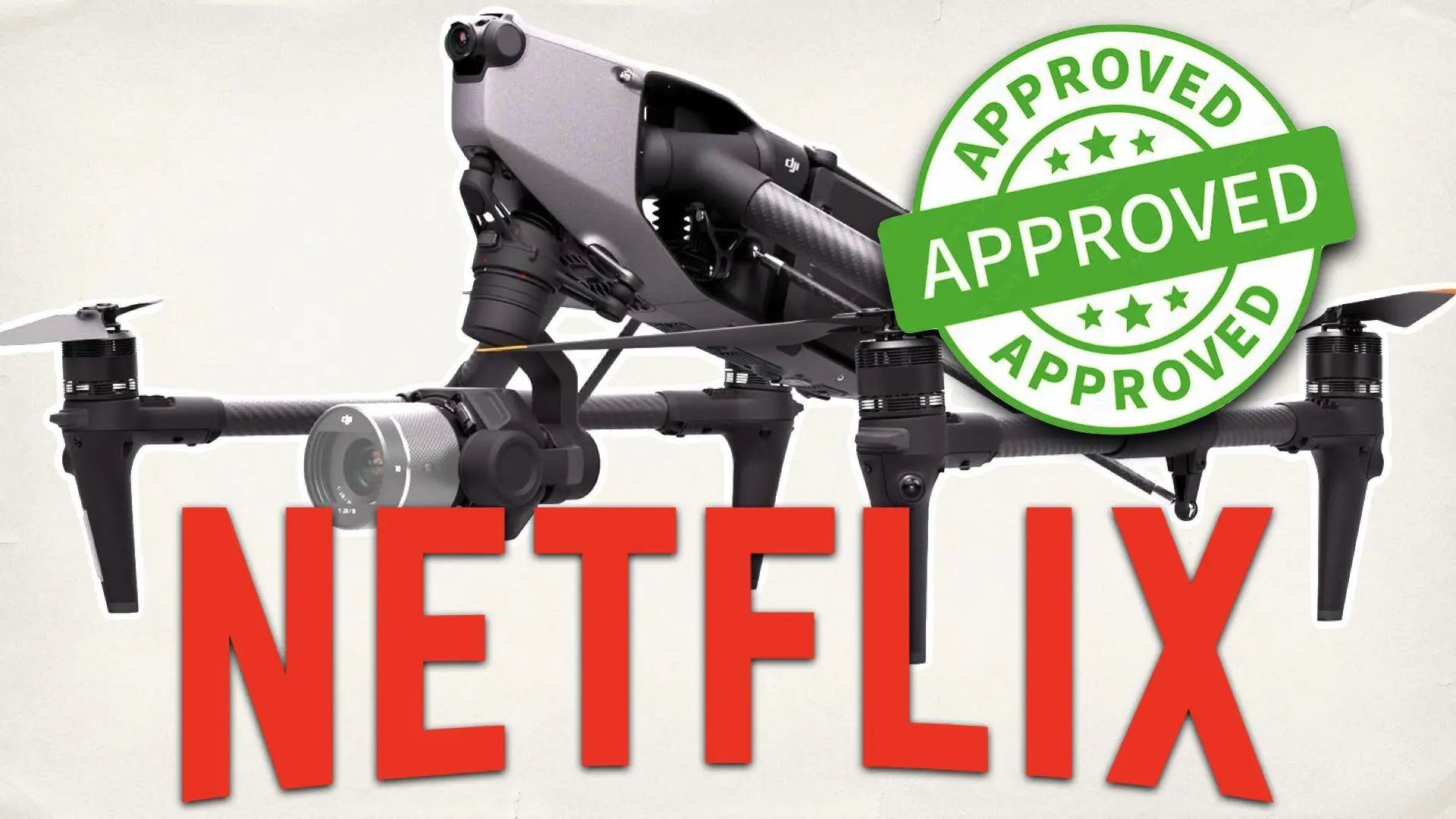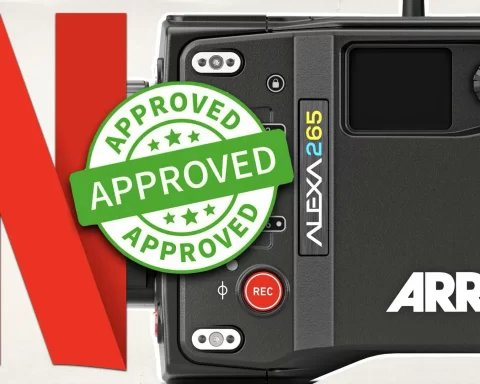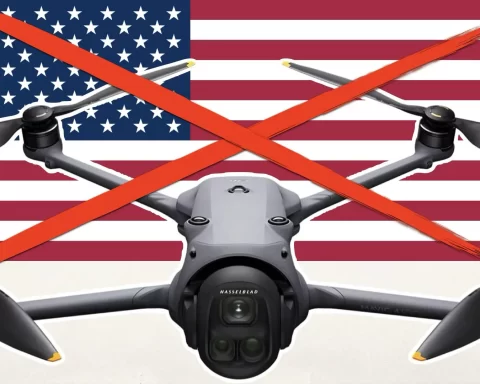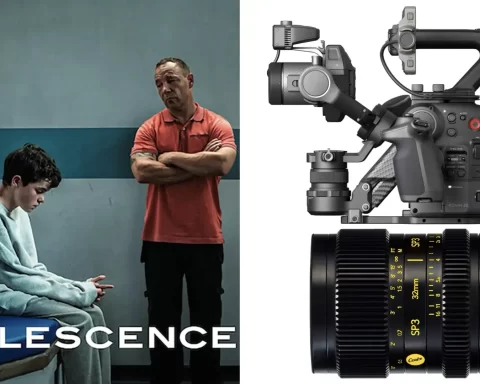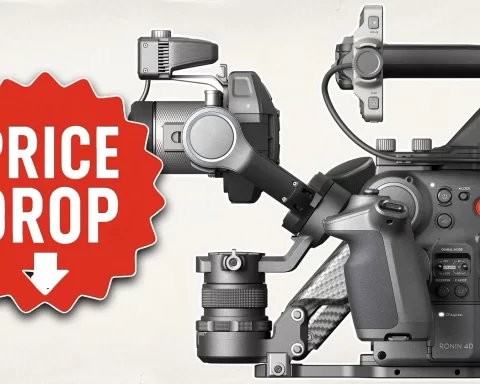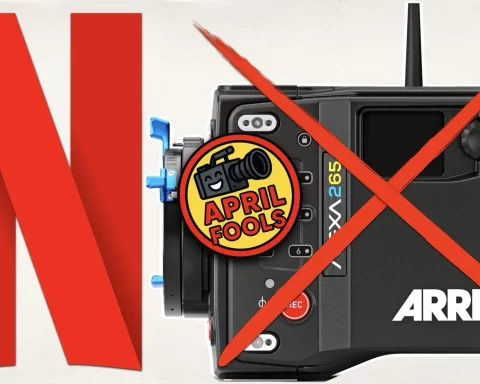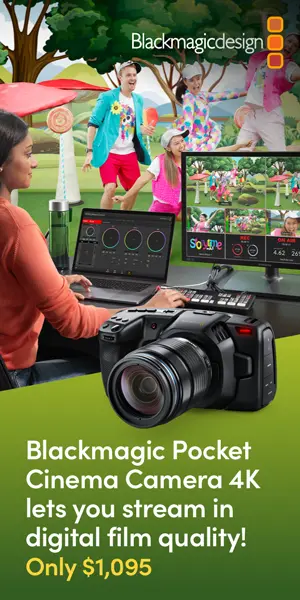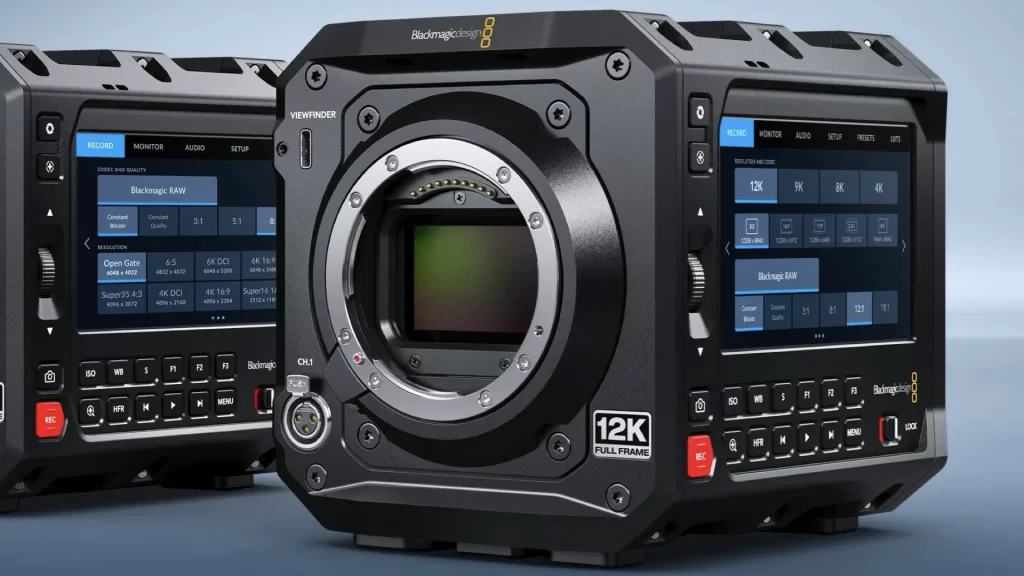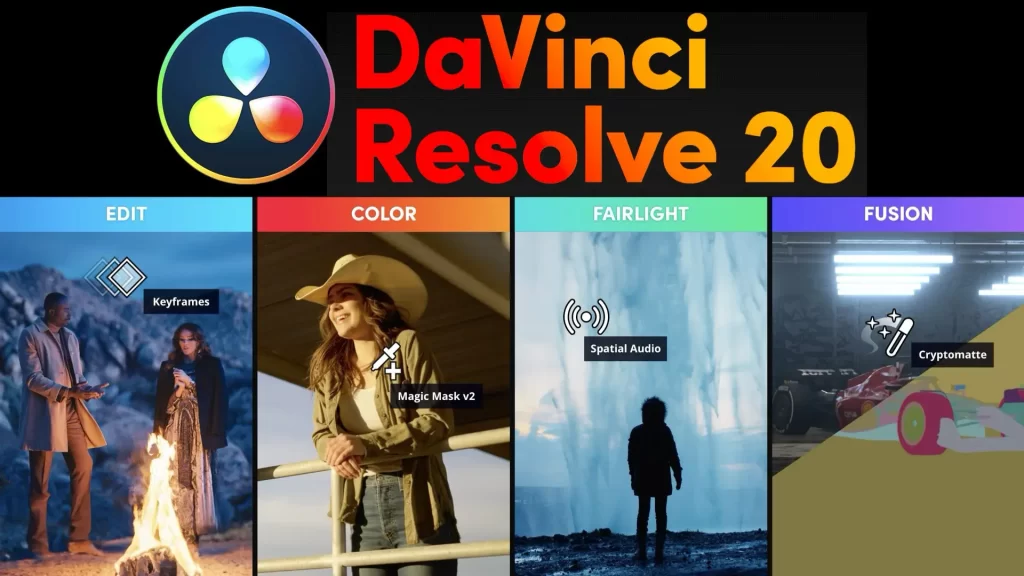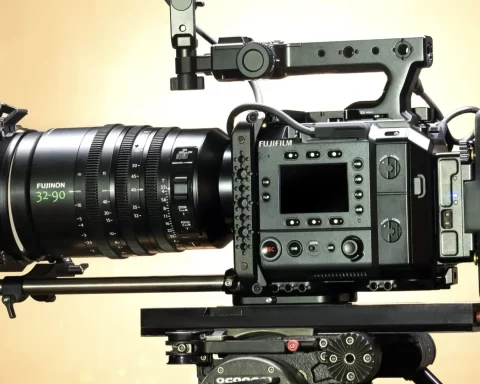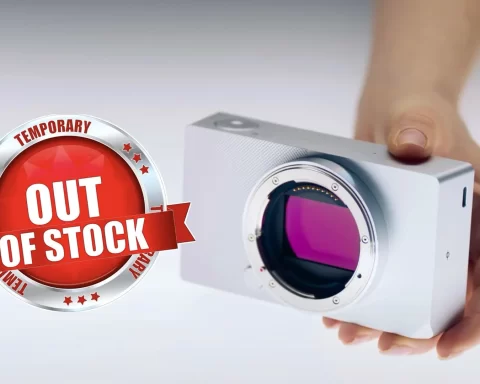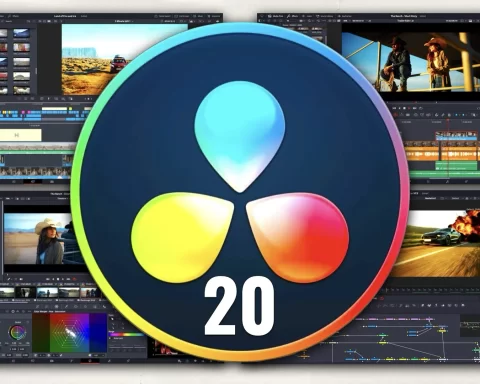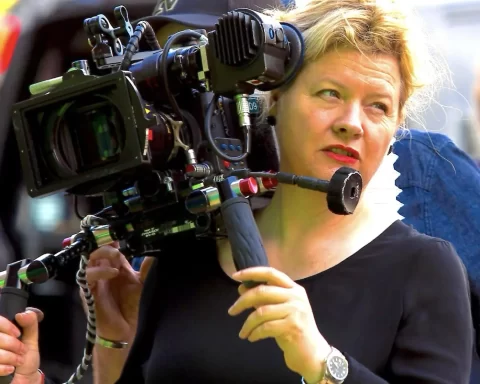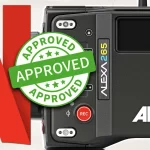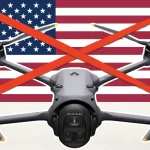Netflix has officially approved the DJI Inspire 3 equipped with the Zenmuse X9-8K Air camera for its 4K Originals production list. This is the first time that a drone platform has been granted approval by the streaming giant, and it also marks DJI’s first appearance on the coveted list of Netflix-approved camera systems. This decision not only elevates the role of aerial cinematography in high-end production but also validates the Inspire 3 as a legitimate tool for principal photography in narrative content.
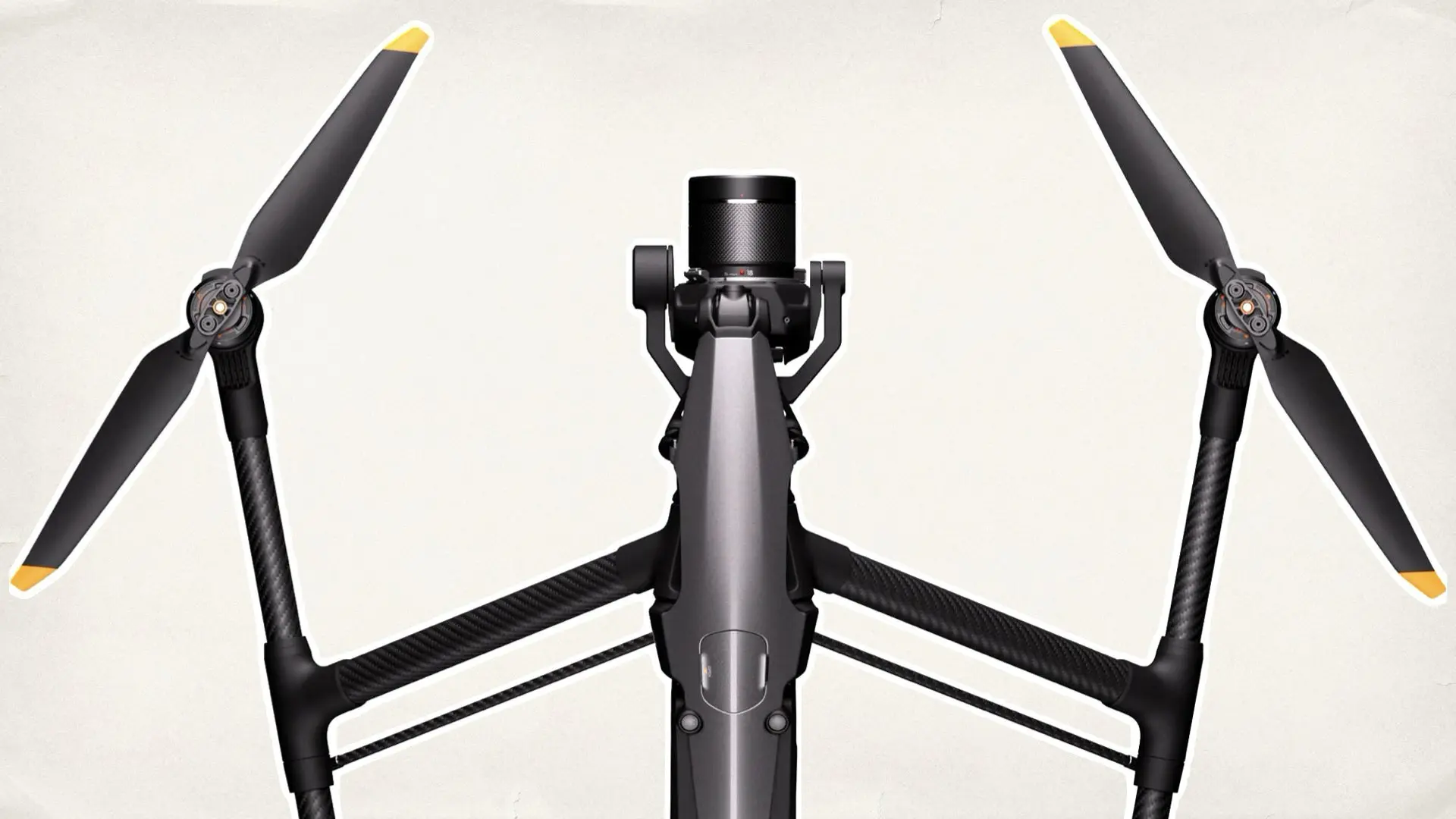
DJI Inspire 3 is now Netflix-Approved
The inclusion of the DJI Inspire 3 in the Netflix Production Technology Alliance represents a turning point. While drones have long been used to capture stunning establishing shots and action sequences, they were often relegated to a supporting role due to limitations in image quality, codec compatibility, and color science. However, the Inspire 3’s capabilities—specifically when paired with the Zenmuse X9-8K Air camera—surpass these limitations and bring drone cinematography in line with industry standards. The Zenmuse X9-8K Air is a full-frame camera module capable of recording up to 8K25 CinemaDNG or 8K75 Apple ProRes RAW. Built around DJI’s latest image processing system, CineCore 3.0, the camera is designed for high-end cinematic applications. It offers more than 14 stops of dynamic range and is compatible with DJI’s proprietary color science—DJI Cinema Color System—which ensures faithful rendering of skin tones, urban environments, and complex lighting conditions. In short, the footage produced by this drone camera setup meets the rigorous post-production demands of Netflix’s mastering and archival standards. Beyond its imaging capabilities, the Inspire 3 also introduces several significant advancements in flight performance and operational control. A new 1/1.8-inch FPV camera with a 161-degree diagonal field of view provides improved pilot visibility. The drone supports 360-degree pan and an 80-degree upward gimbal tilt, enabling creative aerial angles that were previously difficult or impossible to achieve. Its flight system includes centimeter-level positioning via RTK (Real-Time Kinematic) technology, allowing for precise trajectory planning and repeatable flight paths. In addition, the Inspire 3 integrates omnidirectional obstacle avoidance and intelligent tracking functions, adding a new layer of safety and control to aerial filming.
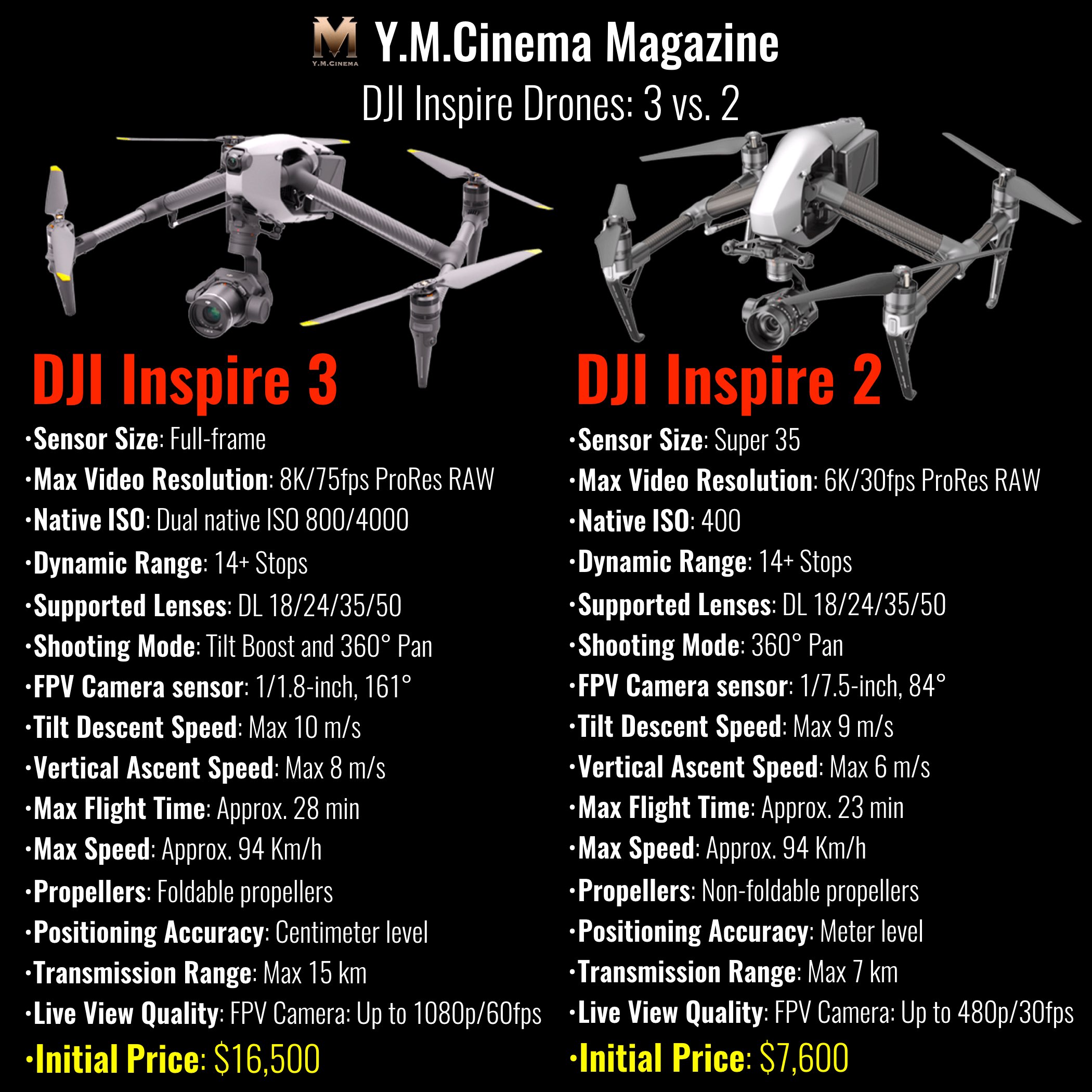
The first “Netflix Approved” drone
The drone’s full production capabilities are detailed in DJI’s official Production Camera Guide for the Inspire 3, which outlines approved workflows, metadata handling, and recommended post-production practices. This guide serves as an essential reference for camera department heads, drone operators, and post-production supervisors working within Netflix-approved environments. The evolution from the Inspire 2 to the Inspire 3 has been substantial. Compared to its predecessor, the Inspire 3 introduces a full-frame imaging system, dramatically improved flight stability, and higher data-rate recording options. A full analysis of the differences can be found in Y.M.Cinema’s article DJI Inspire 3 vs 2: The Main Differences. These upgrades make the Inspire 3 not just a successor, but a redefinition of what a professional drone can be in a modern cinematic context.
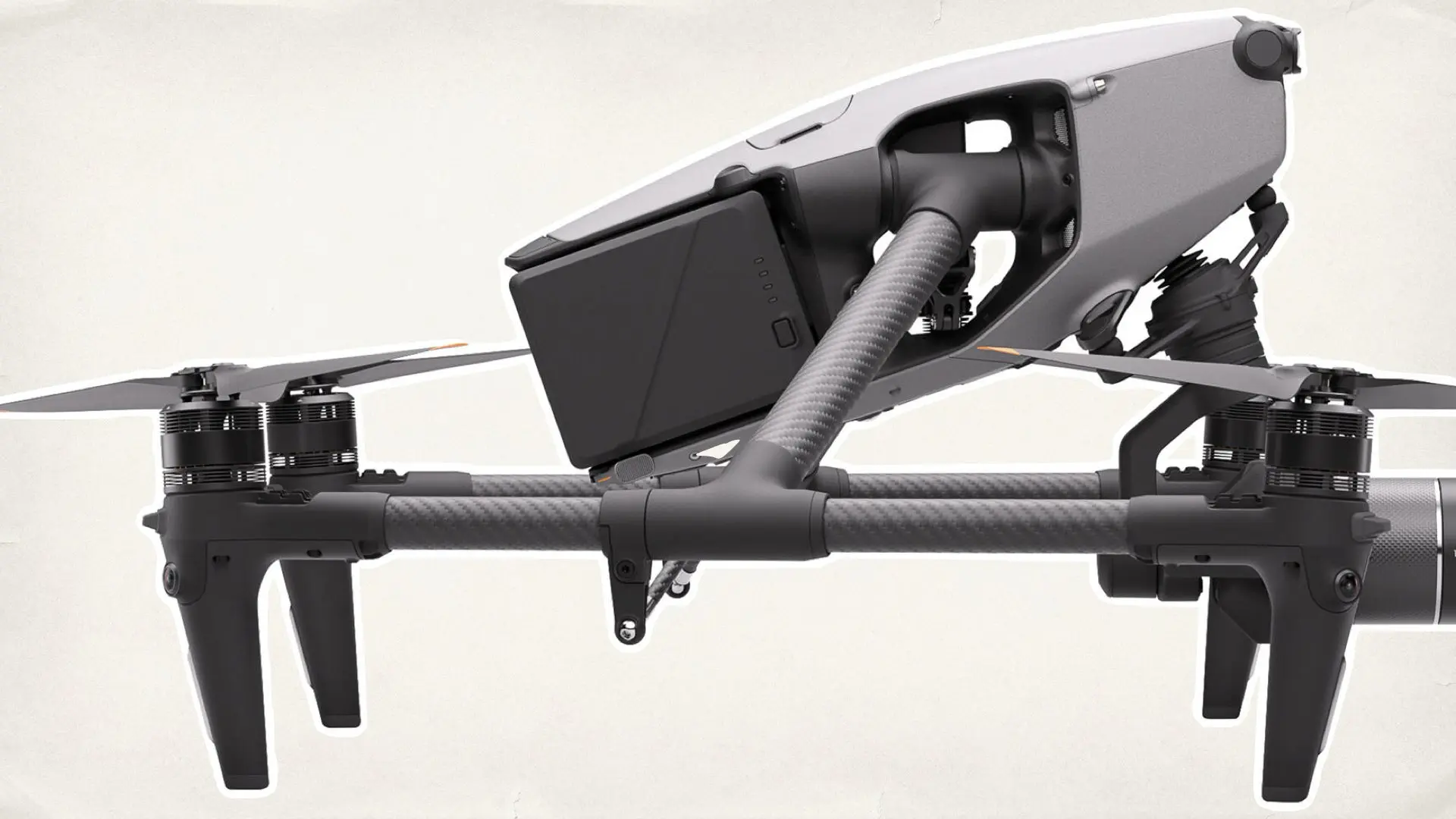
Shifts in Production Economics
In our opinion, Netflix’s decision to approve the Inspire 3 is not just about image quality. It also reflects broader shifts in production economics and workflow flexibility. The streamer has increasingly turned toward leaner productions, embracing smaller crews and more compact gear to maintain creative agility and budget efficiency. This trend is explored further in the article Netflix Starts to Prefer Low-Budget Filmmaking, which discusses how industry dynamics are shifting in favor of modular and mobile production models. At the same time, the significance of Netflix camera approval itself is often debated. While it remains a formal requirement for certain types of productions, many high-end projects still rely on “unapproved” systems when justified by narrative or visual needs. This issue is examined in-depth in the article Do Netflix Approved Cameras Really Matter?, where the practical and creative implications of the approval list are analyzed.
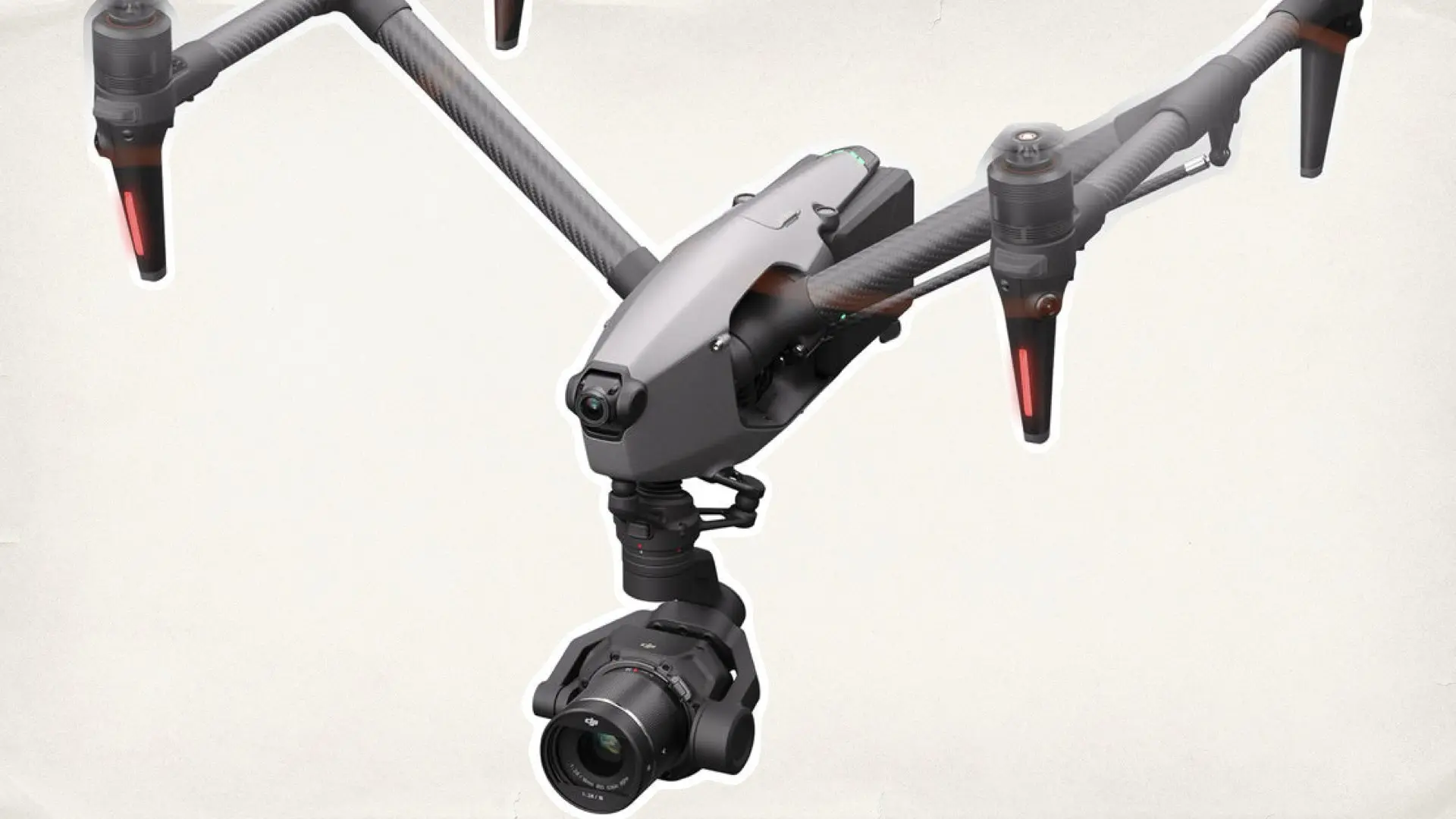
A Fully Compliant A-camera in a Netflix production.
Here are our two cents about this move: What makes the Inspire 3 especially notable is its ability to operate as a fully compliant A-camera in a Netflix production. Its footage can now be integrated seamlessly with other Netflix-approved systems in color grading and visual effects workflows. This recognition legitimizes the use of drones beyond their conventional purpose and allows cinematographers to design entire scenes with aerial movement as a core visual element, rather than as an auxiliary layer. The approval of the DJI Inspire 3 by Netflix represents a technological milestone but also signals a cultural shift in how visual storytelling is approached. Drones have moved from being tools of convenience or novelty to being central instruments of cinematic expression. With this development, DJI has successfully positioned itself not only as a leader in consumer and industrial drone markets but also as a respected player in professional motion picture production.

